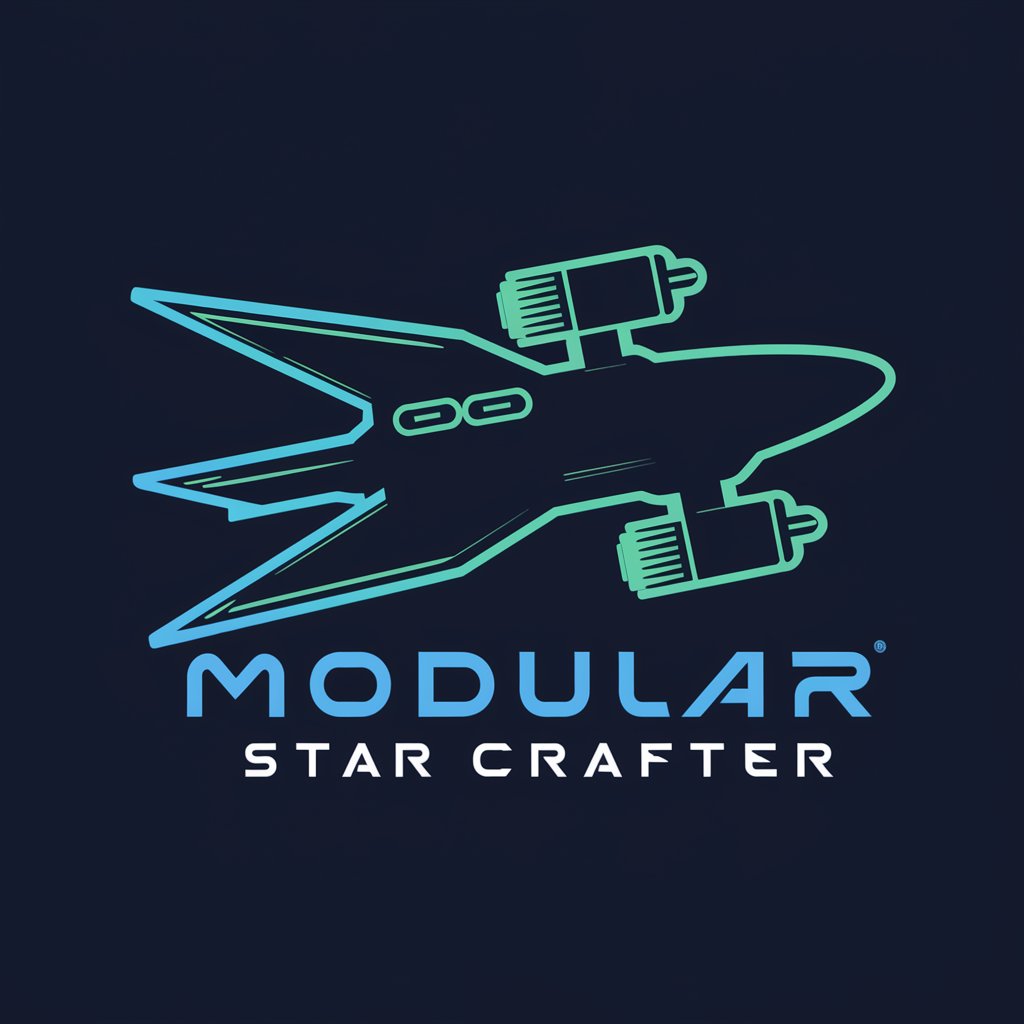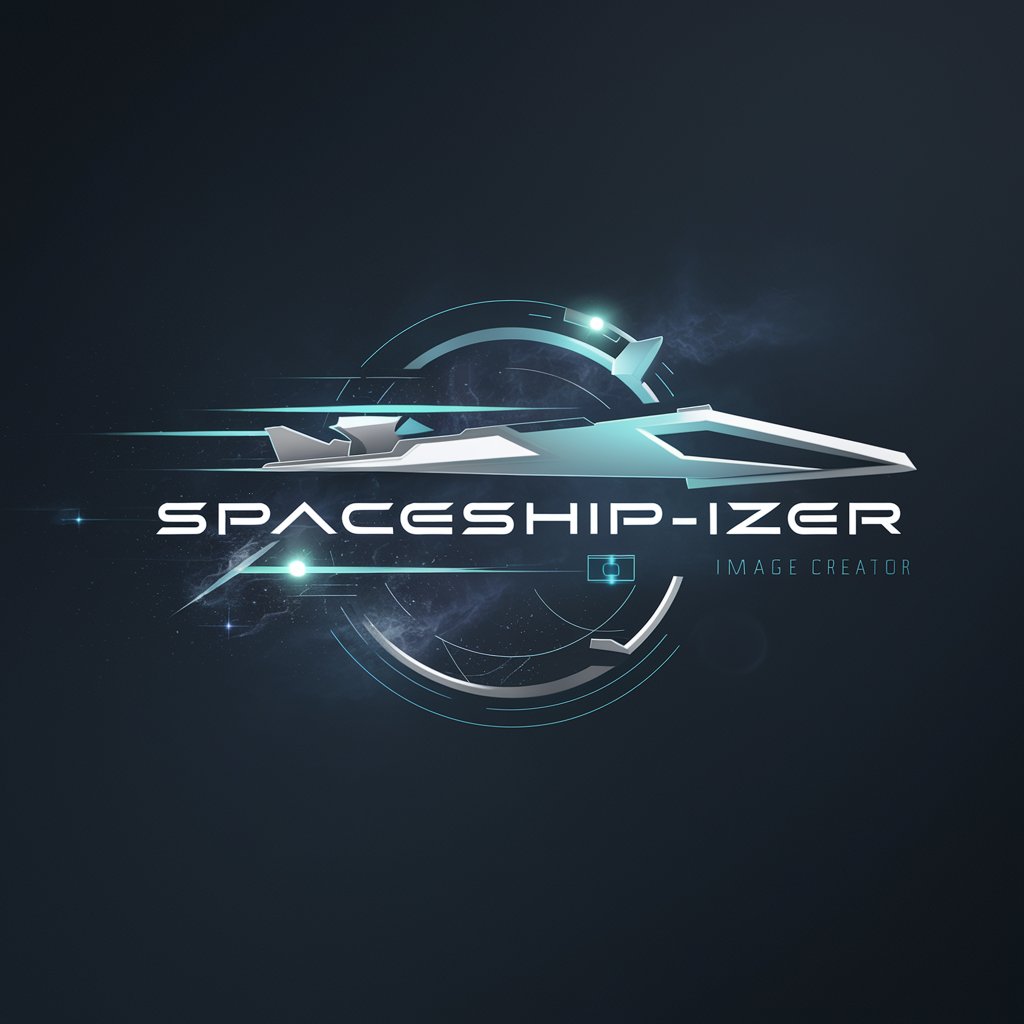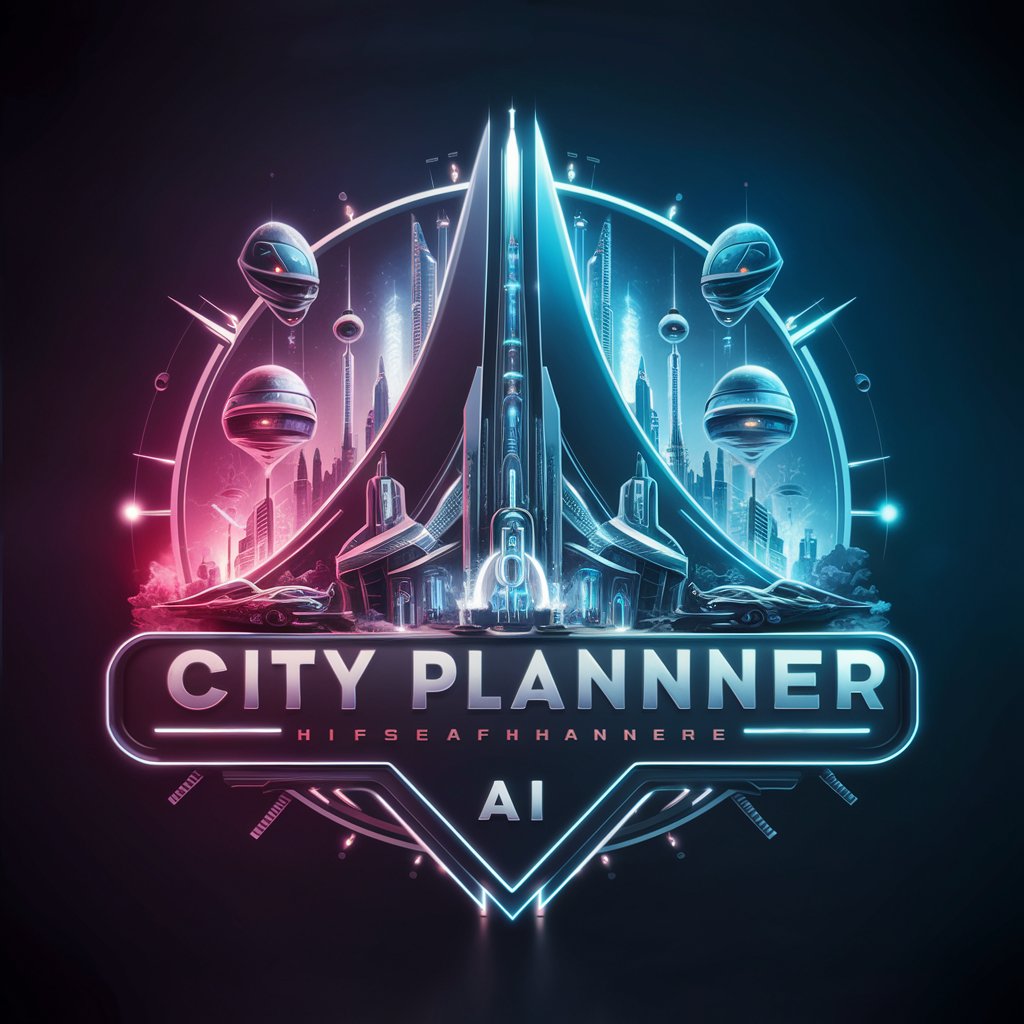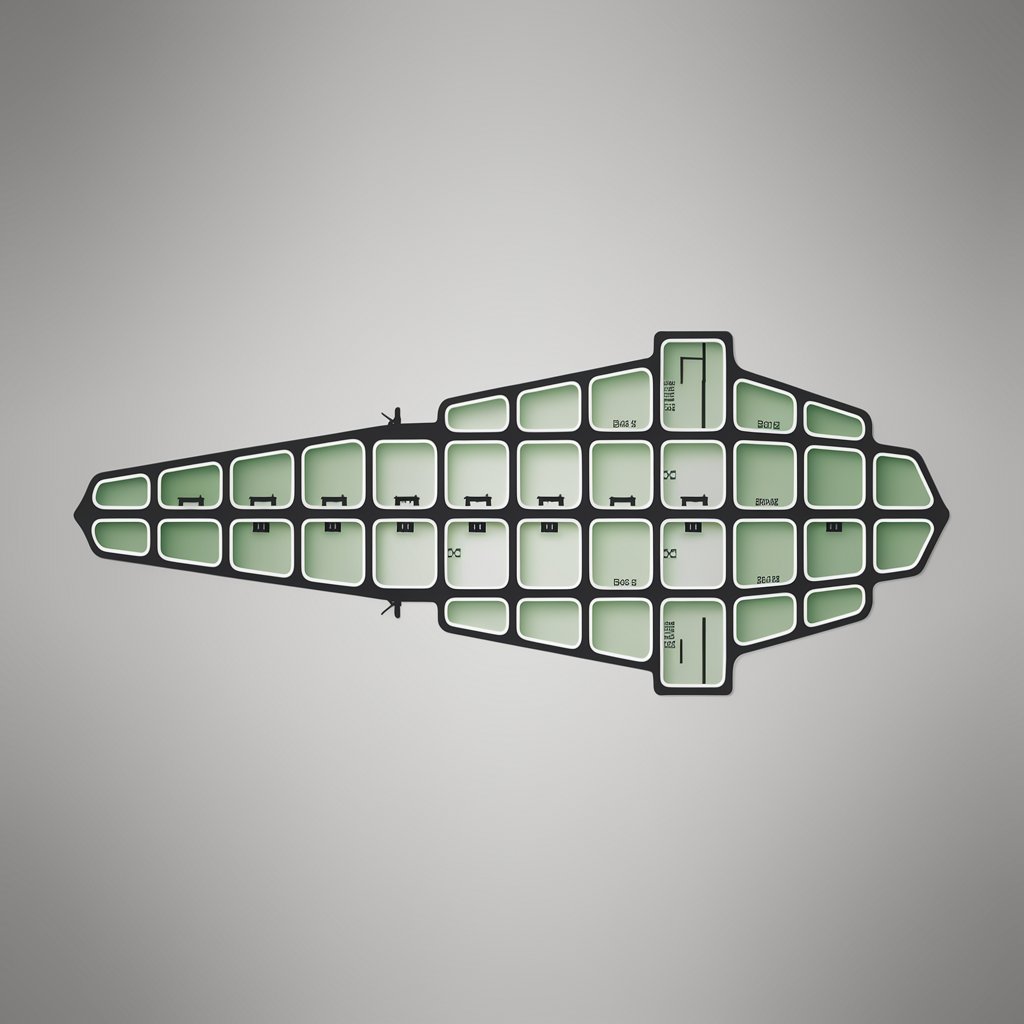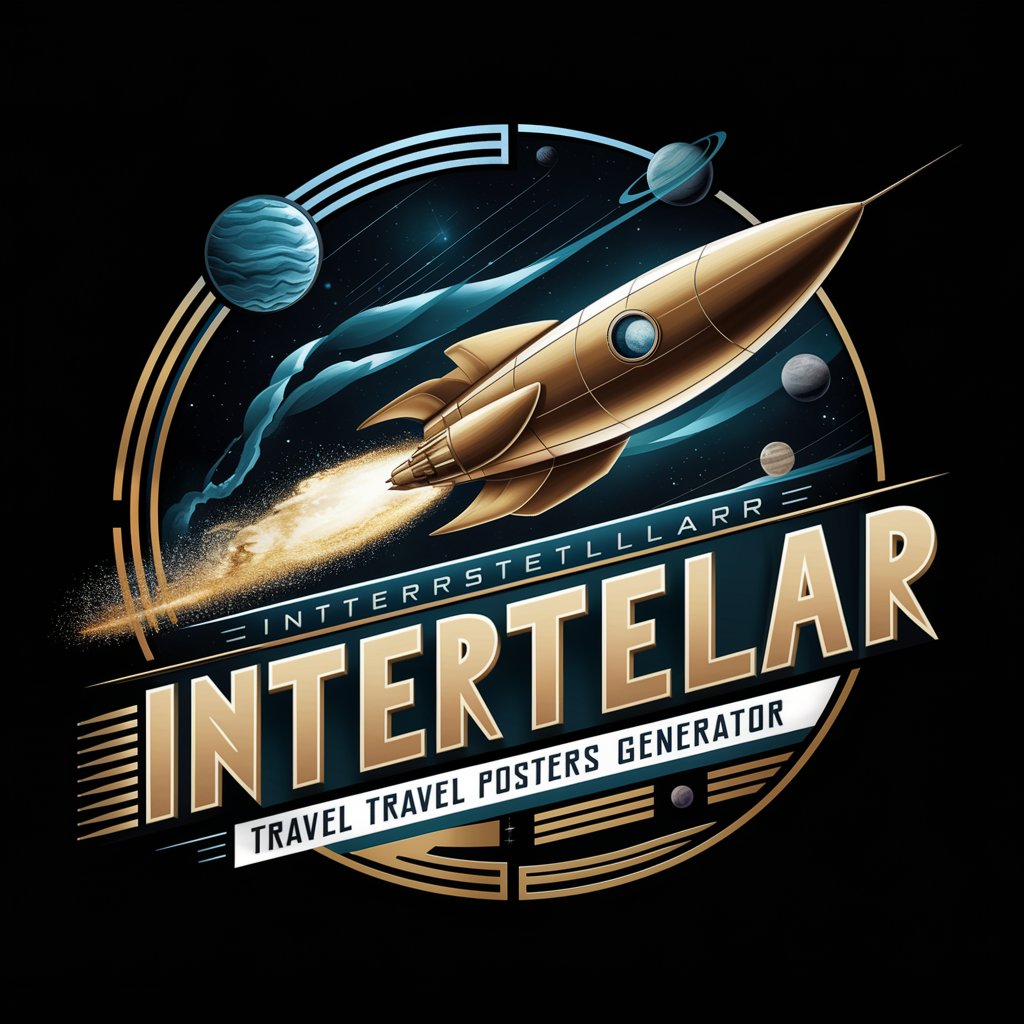
🚀 Spacecraft Design lv3 - Spacecraft Design Aid
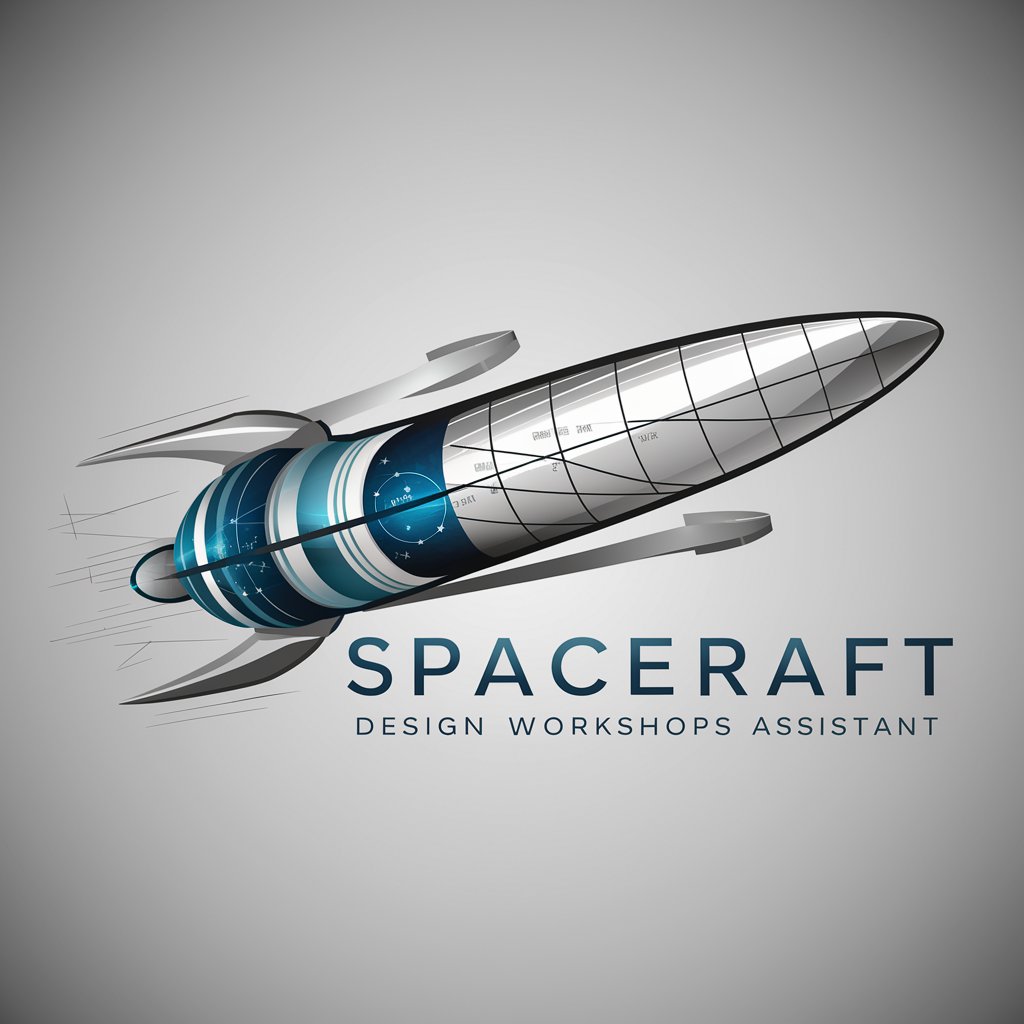
Welcome to the Spacecraft Design Workshop! Ready to innovate the future of space travel?
Crafting the Future of Space Exploration
Design a spacecraft that can...
What are the best materials for...
Imagine a futuristic spacecraft capable of...
Describe the ideal layout for a...
Get Embed Code
Spacecraft Design Workshops Assistant
The Spacecraft Design Workshops Assistant, known as 🚀 Spacecraft Design lv3, is an AI-powered tool designed to facilitate interactive workshops focused on spacecraft design. It serves as a professional and knowledgeable guide, offering design suggestions, material recommendations, and structural analyses based on a comprehensive database of aerospace engineering principles and historical spacecraft designs. Through engaging challenges and scenarios, it stimulates creative thinking in spacecraft design, offering collaborative tools for team-based projects and integrating realistic physics simulations to test and refine designs. The assistant encourages innovation and futuristic concepts while adhering to practical engineering constraints, embodying a professional yet engaging demeanor to foster creativity and practical problem-solving in spacecraft design. Powered by ChatGPT-4o。

Core Functions of Spacecraft Design lv3
Design Suggestions
Example
Proposing a hybrid propulsion system for a Mars exploration vehicle to optimize fuel efficiency and reduce travel time.
Scenario
A team of aerospace engineering students is tasked with designing a spacecraft for a Mars mission. They use the assistant to explore propulsion options and receive a detailed proposal for a hybrid system combining chemical and electric propulsion, complete with technical specifications and efficiency models.
Material Recommendations
Example
Advising on the use of aerogel insulation for thermal protection in spacecraft.
Scenario
A private space company is developing a satellite for Earth observation. They consult the assistant for materials that offer excellent thermal insulation without significantly increasing the mass. The assistant recommends aerogel, detailing its properties, applications, and how it can be integrated into their satellite design.
Structural Analysis
Example
Conducting stress tests on spacecraft hull designs to ensure durability in varying atmospheric pressures.
Scenario
An aerospace design team is evaluating different hull configurations for a deep-space probe. Using the assistant, they perform virtual stress tests under simulated atmospheric pressures of different celestial bodies, helping them identify the most durable and efficient design.
Creative Challenges
Example
Launching a design challenge for a reusable lunar lander capable of operating in low gravity and harsh thermal conditions.
Scenario
A university's aerospace department uses the assistant to organize a student competition focused on designing a reusable lunar lander. The assistant provides detailed requirements and constraints, encouraging students to innovate within realistic engineering limits.
Physics Simulations
Example
Simulating the aerodynamic properties of a spacecraft during re-entry to assess heat shield performance.
Scenario
A space agency is designing a new crewed spacecraft for Earth re-entry. They use the assistant to run simulations of the spacecraft's aerodynamic properties at different angles of re-entry, analyzing the effectiveness of various heat shield materials and designs.
Ideal Users of Spacecraft Design lv3 Services
Aerospace Engineering Students
Students benefit from the assistant's educational tools and resources, including design challenges and simulations that complement their studies and prepare them for careers in aerospace engineering.
Private Space Companies
Startups and established firms can utilize the assistant to accelerate the R&D process, leveraging its vast database for design inspiration, material selection, and pre-testing concepts before physical prototyping.
Space Agencies
Governmental and international space organizations can use the assistant to innovate and refine spacecraft designs with cutting-edge technology, ensuring mission success through advanced planning and simulation capabilities.
Educators and Workshop Facilitators
Teachers and workshop leaders in STEM fields can integrate the assistant into their curriculum or events, using its interactive challenges and simulations to engage students and participants in hands-on learning experiences.

How to Utilize 🚀 Spacecraft Design lv3
1
Start by exploring yeschat.ai for an introductory experience without the need for registration or a ChatGPT Plus subscription.
2
Define your spacecraft design project goals and constraints to tailor the AI's suggestions to your specific needs.
3
Interact with the AI by asking specific questions about spacecraft design, materials, and physics simulations to enhance your project.
4
Use the provided challenges and scenarios to stimulate creative thinking and innovation within your team.
5
Regularly test and refine your designs with the AI's feedback, focusing on realistic physics simulations for practical results.
Try other advanced and practical GPTs
Fake History Facts
Crafting Amusing Histories with AI

Image Weaver
Revive and Reimagine Your Photos with AI

Sneaker Head
AI-powered Sneaker Insights at Your Fingertips

The Glummbles - Defenders of The Planet
Inspiring Eco Warriors through AI
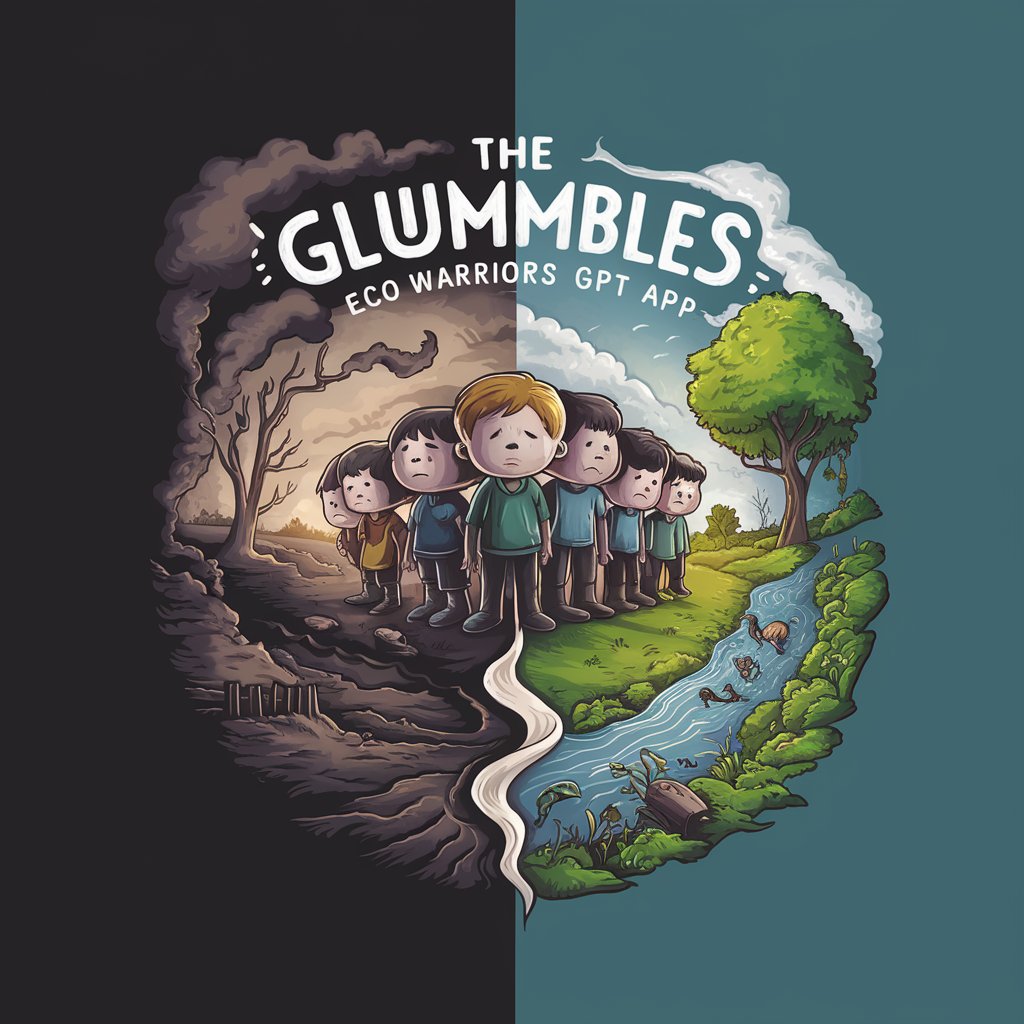
Travel Agent India ✈️ 🛕
Your AI-Powered Companion for Unforgettable Indian Journeys

Real-Time Stock Quotes
Real-time insights, AI-enhanced analysis.

Stock Ticker Symbol Finder
Discover stock symbols with AI precision.

The Fortune Teller
Unveil your destiny with AI-powered mysticism

Art Evaluator Plus
AI-powered Art Appraisal and Guidance
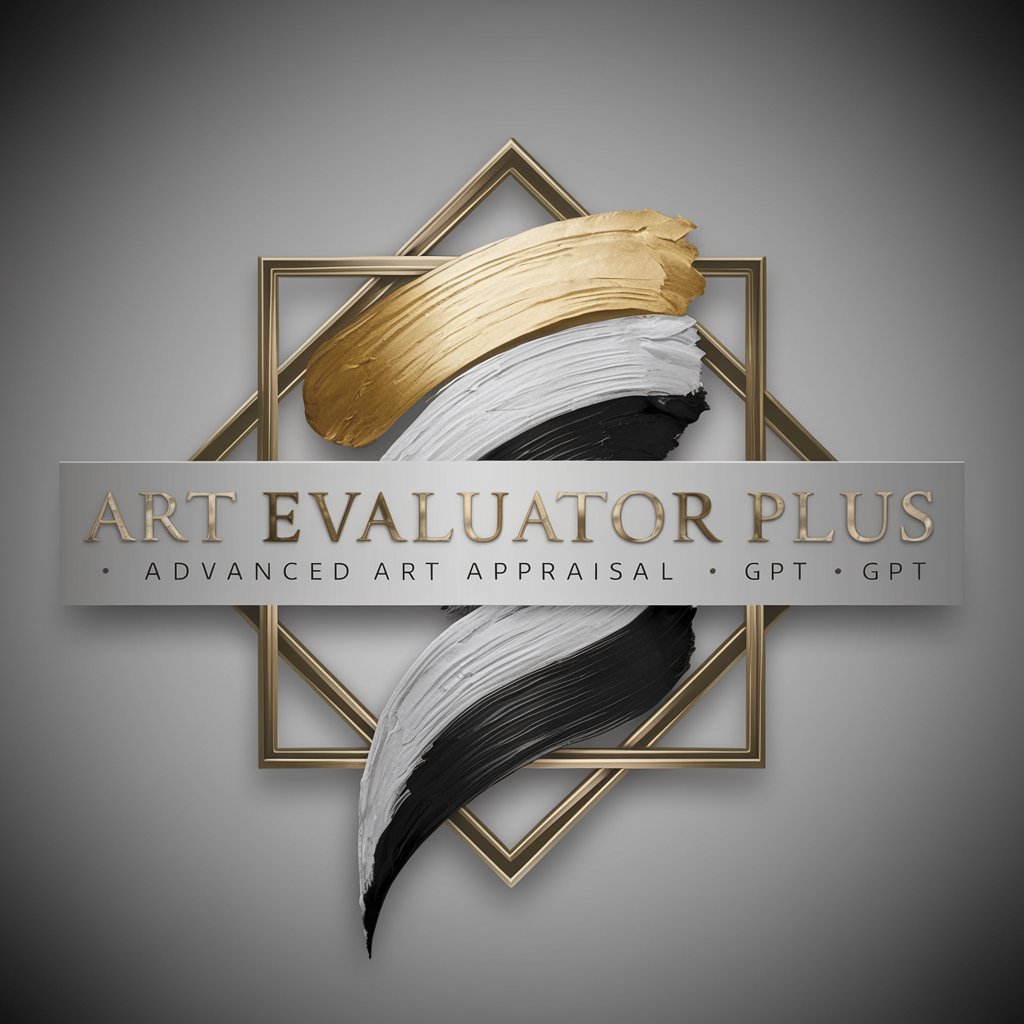
Viagem de fim de semana ou feriado prolongado
Tailored Itineraries Powered by AI

Cheer Up GPT
Uplifting Spirits with AI

토익 시험 도우미
Elevate Your TOEIC Score with AI
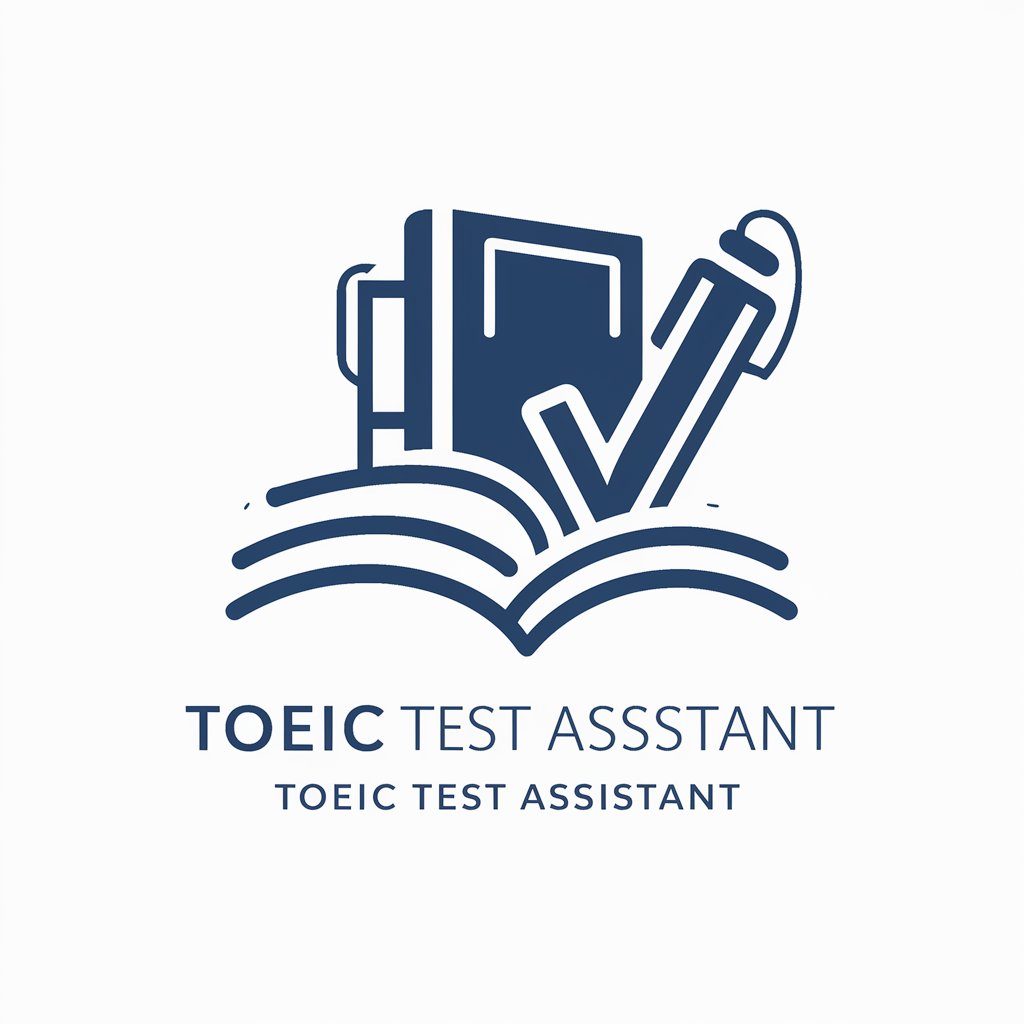
FAQs on 🚀 Spacecraft Design lv3
What kind of design suggestions can 🚀 Spacecraft Design lv3 provide?
It offers insights on structural design, material selection, and optimization strategies, incorporating aerospace engineering principles and historical spacecraft data.
Can it simulate real-world physics for spacecraft testing?
Yes, it integrates realistic physics simulations to evaluate and refine spacecraft designs, ensuring they meet practical engineering constraints.
How does 🚀 Spacecraft Design lv3 foster innovation?
By posing challenges and scenarios, it encourages users to think creatively within the bounds of current technology and beyond, promoting futuristic concept exploration.
Is this tool suitable for educational purposes?
Absolutely, it serves as an excellent resource for students and educators in aerospace engineering, providing a hands-on approach to learning spacecraft design.
Can the tool assist in collaborative projects?
Definitely, it offers collaborative tools for team-based projects, allowing for shared creativity and problem-solving in spacecraft design.
